If you buy whisky only once a year for Burns Night, you might be in for a shock when scouring the shelves for your favourite brand: a 16-year-old Lagavulin, for example, now costs about £70. You can get the sweeter, less complex eight-year-old – a sort of Lagavulin-lite, if you will – for about £57, but the 12-year-old is now a £129.49 special release these days.
Granted, you can still pick up own-label whiskies and household names such as Whyte & Mackay and Famous Grouse for about £20 (prices vary hugely, so it’s worth shopping around), but go for more upmarket “expressions”, and you’ll pay a good deal more. Johnnie Walker’s Black Label, for instance, is £20 in Asda at the time of writing (and £30 at Sainsbury’s), but confuse it with Blue Label, and could find yourself shelling out over 150 quid.
The whisky market has become all about what is euphemistically called premiumisation – ie, making it much more expensive. That’s partly about rarity: old casks are finite, which makes them highly collectable and a good investment at a time when interest rates have been at a historic low. The average per-bottle price last year was £426.58, according to Rare Whisky 101 (which, incidentally, categorises anything under £1,000 as “more affordable”). Market leader Johnnie Walker’s Pittyvaich, for example, from its Ghost and Rare range of bottlings from closed distilleries, fetches between £229 and £275, which makes the bottles in today’s pick look comparatively reasonable. Macallan, which has long been a collector’s item, fetches many times that for its new Red Collection, which ranges from £11,300-£65,500.
The other big driver of whisky prices are the increasingly sophisticated oak treatments currently in vogue. There’s a fashion for unusual finishes, such as the three different kinds of barrels used to make the Isle of Raasay’s single malt, and including the on-trend chinquapin, a species of white American oak (that’s something to drop into conversation with a whisky geek).
That said, there is value to be had, if you look for it. I recently came across the Australian-owned Bladnoch, whose head distiller used to work for Macallan and whose excellent sherry and bourbon cask-aged Vinaya (46.7%) is currently on offer for £38.99 at House of Malt, making it quite a bit cheaper than those produced by his alma mater. I also like the Pure Scot in today’s pick, which is a timely reminder of just how good a blend – and a modest ABV – can be.
Five special-occasion drams for Burns Night
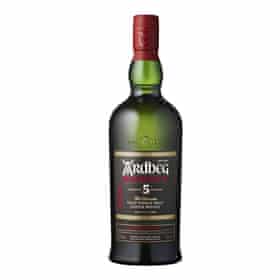
Ardbeg Wee Beastie five-year-old Islay single malt £38 Tesco (or £33 with a Clubcard), 47.4%. Who could resist a bottle with a name like this? Full-throttle, iodiny Islay.
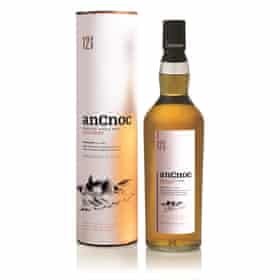
anCnoc Highland single malt 12-year-old £32.05 Master of Malt, 40%. A more delicate, restrained style of malt, redolent of heather honey.
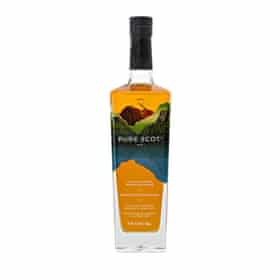
Pure Scot Signature Blended Scotch Whisky £32.99 House of Malt, £39.95 Master of Malt, 40%. Rich, characterful, and with a lovely, caramelised pear fruitiness that reminds you of the virtues of a blend.
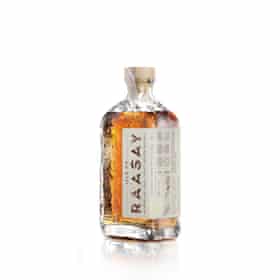
Isle of Raasay Hebridean single malt R-02 £48.95 The Whisky Exchange, 46.4%. Less peaty than an Islay, but intriguingly complex thanks to the clever use of different Bordeaux and American whisky casks. One of my favourite whiskies of 2021.
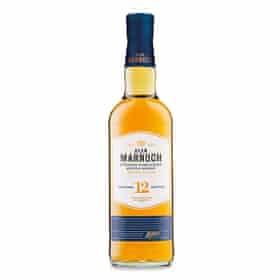
Glen Marnoch 12-year-old Speyside single malt £19.99 Aldi, 40%. A classic, crowd-pleasing, award-winning whisky that does exactly what it says on the tin and is hard to beat for value.
Stay connected with us on social media platform for instant update click here to join our Twitter, & Facebook
We are now on Telegram. Click here to join our channel (@TechiUpdate) and stay updated with the latest Technology headlines.
For all the latest Lifestyle News Click Here
